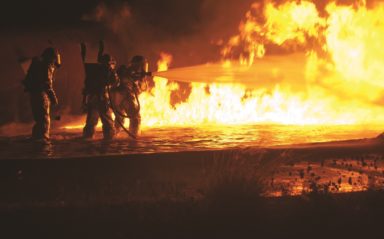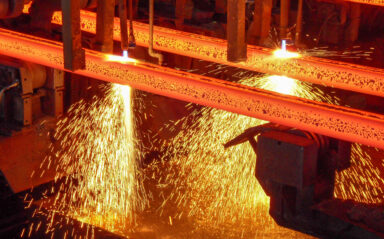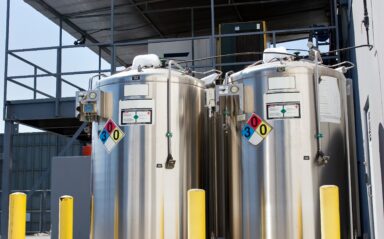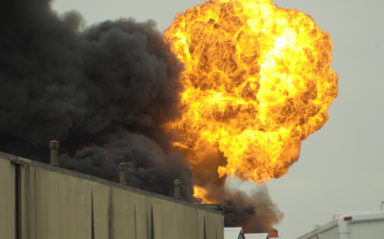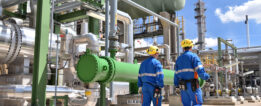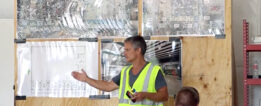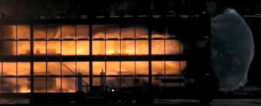Gexcon provides you with practical solutions to develop a safe and regulatory compliant dust processing facility, storage, and goods transportation.
Industries we serve
For many years, we have been helping clients from many industries whose work is related to combustible dusts.
![]()
Consulting for risk identification, analysis, and regulatory compliance
Gexcon Consulting offers a full spectrum of safety studies related to dust explosions. Our consultants have experience working with dust processing facilities from various industries and from all parts of the facility life cycle.
We can help you identify, assess, and mitigate dust explosion risks through various studies, such as:
- Safety review workshops (HAZID, HAZOP, LOPA, ALARP)
- Semi-Quantitative Risk Analysis (SCRAM) (Article 4 ‒ ATEX User Directive, Regulation 5 – DSEAR)
- Hazardous area classification for dust (Article 7 ‒ ATEX User Directive, Regulation 7 ‒ DSEAR, NFPA 499 & 70)
- Evaluation of dust explosion consequences
- Elimination and reduction through practical ways and implementation of mitigation measures (Article 3 ‒ ATEX User Directive, Regulation 6 ‒ DSEAR, NFPA 68 & 69)
- Compliance to US standards for various processing facilities and the benefits of performing a DHA (Dust Hazard Analysis): NFPA 652, 654, 664, 655, 61, 484
Engineering software for safety and design optimization
Understand the consequence of dust explosions with FLACS-DustEx, a special variation of FLACS-CFD developed for simulating industrial dust explosions.
FLACS-DustEx models:
- Flame propagation and pressure build-up due to organic dust explosions.
- External blast waves
- Dust lifting by flow or shock waves and secondary explosions
Dust explosion properties testing

To understand the risk posed by your dusts and an important input for risk analysis/ DHA, it is best to have them tested by professionals.
We offer various testing, starting with a basic test to know whether your dust has the potential to explode. Once you understand your dust ignition and explosion properties, you can implement effective preventive and protective measures.
Learn more about dust explosion properties testing here.
Testing for equipment and protective system to be used in the explosive atmosphere for facilities processing dusts
Manufacturers for equipment and protective systems used in explosive atmospheres need to comply with certain regulations (namely ATEX Product Directive for Europe and UKCA for the UK).
Our testing facilities allow for equipment manufacturers to assess their products’ ability to prevent them from becoming an ignition source and their ability to protect against the consequences of explosions.
Learn more here.
Consulting for product development
If the result of the equipment testing shows that your products do not meet the conditions required by regulations, we can help you identify the necessary improvements.
Incident investigation
Understand the causes of incidents or near misses to prevent similar accidents from reoccurring in the future.
Gexcon can help with all aspects of incident investigations, from coordinating the investigation to conducting root cause analysis, providing recommendations, implementing strategies to prevent further incidents from occurring, and acting as expert witnesses in ongoing litigations.
Course for upskilling your team on dust explosion hazards
Expand your team’s understanding of dust explosion phenomena with our Dust Explosion Hazards course.
Read more about the course content here.



